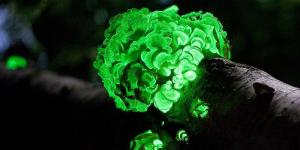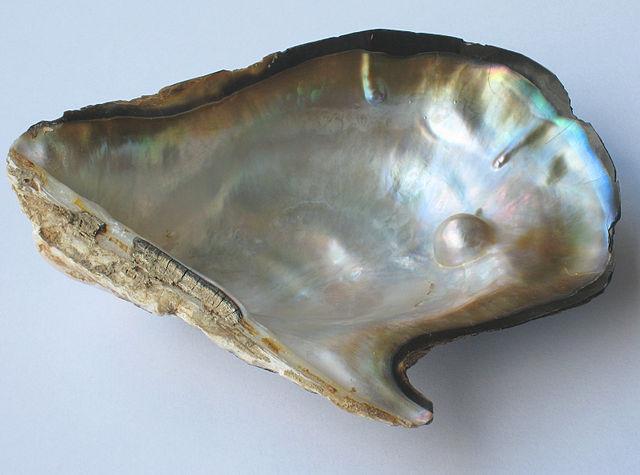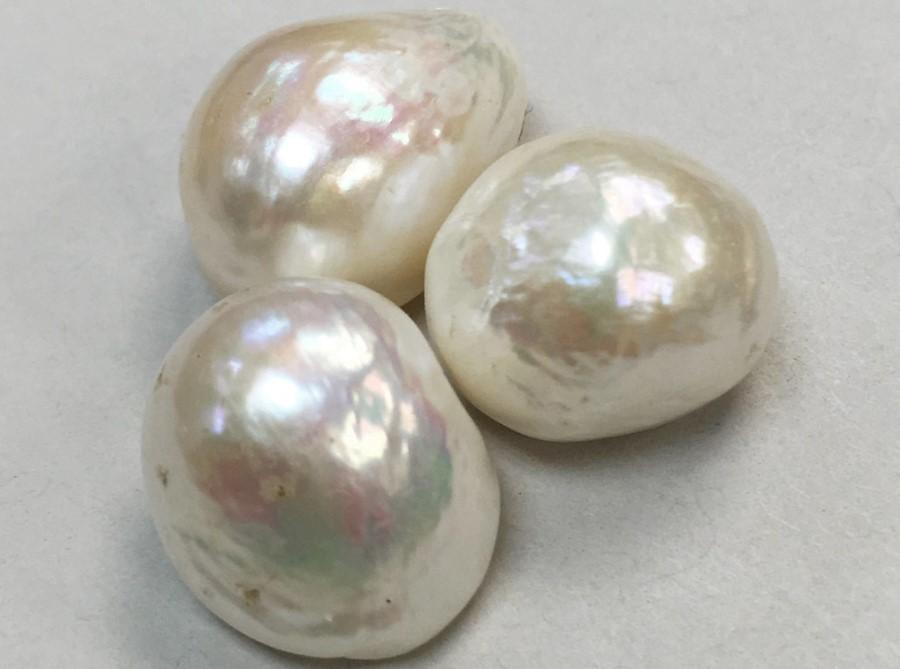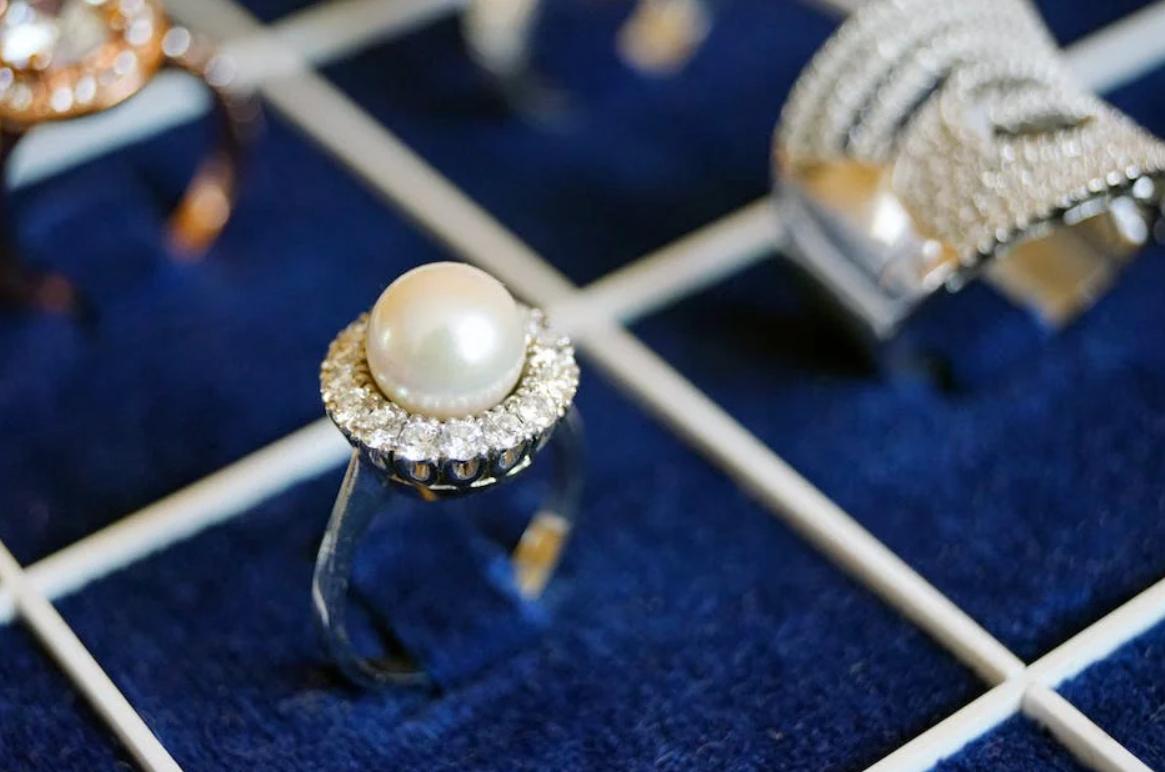How Are Pearls Formed?


Pearls are unique gemstones produced by certain mollusks, such as oysters and mussels, in response to the intrusion of an irritant, often a grain of sand or a parasite, into their shells. These precious gems are formed through a process known as biomineralization. In an effort to protect themselves from the irritant, the mollusks secrete layers of nacre, a combination of calcium carbonate and proteins, around the intruder.
The upcoming article by thedailyECO delves into the formation of pearls, their acquisition, and addresses sustainable practices.
What are pearls?
Pearls are hard formations created inside mollusks, like oysters and mussels. They're valued for their luster and commonly used in jewelry. These gems form when an irritant, like debris, enters the mollusk's soft tissue, prompting the secretion of layers of nacre around it.
There are two main types of pearls: saltwater pearls from oysters in oceans and freshwater pearls from mussels in freshwater. Pearls vary in color, size, and shape, leading to different classifications.
- White pearls: typically white or cream-colored, known for their classic look.
- Black pearls: often linked with Tahitian pearls, displaying a dark hue.
- Round pearls: spherical or nearly spherical, prized for their symmetrical appearance.
- Baroque pearls: irregular and unique in shape, showcasing natural diversity.
Pearls, beyond their appearance, carry a story of their origin, reflecting the environment in which they formed and the inherent artistry of nature.

What types of mollusks have pearls?
Pearls can be found in a variety of mollusks, including oysters, mussels, clams, and abalones. However, not all mollusks produce pearls. In fact, only a small percentage of mollusks will ever form a pearl.
- Oysters: oysters are the most common source of pearls. They are found in both saltwater and freshwater environments. Various species of oysters are involved in pearl production, such as the Pacific oyster (Crassostrea gigas), Akoya oyster (Pinctada fucata), and the Black-lip oyster (Pinctada margaritifera).
- Mussels: freshwater mussels belong to the family Unionidae, and specific species like the Triangle Floater (Alasmidonta undulata) and the Pink Heelsplitter (Potamilus alatus) may be involved in pearl formation.
- Clams: several species of clams can produce pearls. For example, the Hard Clam (Mercenaria mercenaria) has been known to form pearls. It is worth noting that most clam pearls are small and irregularly shaped.
- Abalones: abalones belong to the family Haliotidae, and species like the Red Abalone (Haliotis rufescens) and the Green Abalone (Haliotis fulgens) are known for their colorful shells and, on occasion, pearl production. Abalone pearls are typically small and irregularly shaped, but they can be very colorful.
While oysters and mussels are the primary pearl producers, pearls can technically form in various mollusk species as a response to an irritant in their soft tissue, leading to the gradual creation of a pearl.
How do mollusks make pearls?
Pearls are the result of a fascinating biological process that occurs within the soft tissues of certain mollusks, primarily oysters.
The formation of a pearl is initiated by an irritant, such as a grain of sand or a tiny parasite, entering the oyster's mantle, the thin layer of tissue that lines the inside of the shell.
In response to this foreign intruder, the oyster's immune system kicks into action, attempting to isolate and expel the irritant. The mantle secretes layers of nacre, a shimmering substance composed of calcium carbonate and proteins, around the irritant. This protective coating gradually encases the irritant, transforming it into a pearl.
The process of pearl formation can take anywhere from a few months to several years, depending on the type of oyster and the size of the irritant. Over time, the layers of nacre build up, giving the pearl its characteristic smooth, lustrous surface.
The color of a pearl is determined by the pigments present in the oyster's mantle and the type of irritant that triggered its formation. White pearls are the most common, but pearls can also be found in various shades of black, pink, green, and blue.
The shape of a pearl is also influenced by the shape of the irritant and the oyster's anatomy. Round pearls are the most prized, but baroque pearls, which exhibit irregular shapes, are also valued for their unique beauty.

Are real pearls worth money?
Yes, real pearls can be worth a significant amount of money, depending on their quality and characteristics. The value of a pearl is determined by several factors, including:
- Type of pearl: saltwater pearls, such as Akoya, Tahitian, and South Sea pearls, are generally more valuable than freshwater pearls.
- Color: white pearls are the most common and valuable, but other colors like black, pink, green, and blue can also be valuable.
- Size: larger pearls are generally more valuable than smaller pearls.
- Luster: pearls with a high luster, or shine, are more valuable than those with a dull luster.
- Surface: pearls with a smooth, clean surface are more valuable than those with blemishes or imperfections.
- Shape: round pearls are the most prized, but baroque pearls, which exhibit irregular shapes, can also be valuable.
- Rarity: some types of pearls are rarer than others, and this can also affect their value.
In general, a high-quality pearl can range in price from a few hundred dollars to tens of thousands of dollars or even more.
How are pearls obtained?
Natural pearls are formed naturally within mollusks, such as oysters and mussels. These pearls are very rare and valuable, as they are the product of nature's own processes. However, the demand for pearls is much higher than the natural supply, so most pearls are now cultured.
Cultured pearls are grown artificially in mollusks. This is done by inserting a small bead or irritant into the mollusk's mantle, which triggers the pearl-forming process. The mollusk then secretes layers of nacre around the bead, forming a pearl.
There are two main methods of pearl cultivation: grafting and the bead nucleation method.
- Grafting is the traditional method of pearl cultivation. In this method, a piece of mantle tissue from a donor oyster is implanted into a recipient oyster. The mantle tissue secretes nacre, which is then coated with nacre secreted by the recipient oyster.
- The bead nucleation method is a newer method of pearl cultivation that is becoming increasingly popular. In this method, a small bead or irritant is inserted into the oyster's mantle. The bead is then coated with a substance that triggers the pearl-forming process.
Both grafting and the bead nucleation method can produce high-quality pearls. However, the bead nucleation method is generally more efficient and can produce larger pearls.
Once pearls have been cultured, they are harvested from the oysters. This can be done by hand or by using mechanical methods. The pearls are then cleaned and graded according to their quality.
Conventional pearl harvesting practices, often involving the sacrifice of the host mollusk, have raised questions about the sustainability of this industry. Sustainable pearl harvesting, on the other hand, prioritizes the well-being of the mollusks, ensuring their survival and minimizing the impact on marine environments. We will explore it in more detail in the following section.

Sustainable pearl harvesting
Traditional pearl harvesting methods, particularly those involving the harvesting of wild oysters and mussels, have raised concerns about their impact on marine ecosystems. The removal of large numbers of these mollusks can disrupt the delicate balance of marine food chains, affecting the survival rates of other species.
Additionally, the use of destructive harvesting techniques, such as dredging or diving, can damage marine habitats, such as coral reefs and seagrass beds, which are essential for the health of marine ecosystems.
Transitioning to sustainable pearl harvesting practices is crucial for ensuring the long-term health of marine ecosystems and the continued availability of pearls for future generations. By adopting non-invasive methods, respecting the unique biology of each species, and minimizing environmental impacts, the pearl industry can move towards a more harmonious coexistence with nature.
Sustainable pearl harvesting is not just about protecting the environment; it also creates a more ethical and responsible supply chain.
Sustainable pearl harvesting adheres to several key principles:
- Non-invasive methods: pearl cultivation techniques, such as bead nucleation, allow for the extraction of pearls without harming the host mollusk. This approach ensures the continued health and productivity of pearl-producing populations.
- Species-specific considerations: different mollusks have varying sensitivities to harvesting practices. Sustainable methods take into account the unique biology and ecology of each species to minimize disruptions to their life cycles.
- Environmental impact assessment: before initiating pearl harvesting operations, a thorough assessment of the potential environmental impacts should be conducted. This helps identify and mitigate any risks to sensitive habitats or other marine organisms.
- Community engagement: sustainable pearl harvesting practices should involve and benefit local communities. This fosters a sense of stewardship and ensures that pearl harvesting contributes to the economic and social well-being of the region.
By ensuring that pearls are sourced through methods that prioritize the well-being of the mollusks and the integrity of marine ecosystems, consumers can make informed choices that support the sustainability of this precious gem industry.
Curious about the broader context of pearl cultivation? Explore the principles and impact of the blue economy in our other article.
If you want to read similar articles to How Are Pearls Formed?, we recommend you visit our Facts about nature category.












